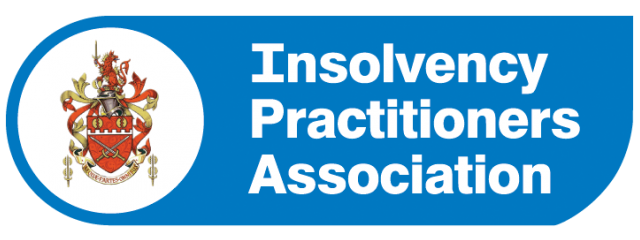In April 2025, significant tax changes will transform the landscape for business owners seeking to liquidate their solvent companies using Members’ Voluntary Liquidation (MVL) (sometimes referred to as members voluntary winding up). These changes directly impact the tax benefits associated with this process, making it essential to understand the implications and take action promptly.
This guide explains what members voluntary winding up entails, its current tax advantages, the upcoming changes, and why now is the time to act.
What is Members’ Voluntary Liquidation?
Members Voluntary Liquidation (MVL) is a process designed for solvent companies that allows directors to wind up their company and distribute its remaining assets to shareholders.
Unlike insolvency-driven liquidations, Members’ Voluntary Liquidation is initiated by directors who can confidently declare that the company can meet all its financial obligations.
The process involves settling all debts before distributing the company’s remaining assets to shareholders. These distributions can often be made as capital rather than income, which often provides significant tax advantages.
If you’re considering this route, the first step is to consult a licensed insolvency practitioner who can assess your company’s suitability for MVL and guide you through the process.
Current advantages of members voluntary winding up
One of the primary reasons directors choose MVL is the tax efficiency it offers. These benefits include:
Capital Gains Tax: When a company undergoes MVL, distributions to shareholders can often be treated as capital rather than income. This means shareholders are subject to Capital Gains Tax (CGT), which is often much lower than Income Tax rates.
Business Asset Disposal Relief advantages: Many directors qualify for Business Asset Disposal Relief (formerly known as Entrepreneurs’ Relief). This reduces the CGT rate to just 10% on qualifying assets. When compared to standard dividend income tax rates, this relief can represent substantial savings.
Streamlined and compliant process: The Members’ Voluntary Liquidation procedure is overseen by a licensed insolvency practitioner. This ensures the process complies with all legal requirements, reducing the risk of disputes with creditors or HMRC. By following this structured approach, you can close your company with confidence and clarity.
Upcoming tax changes in April 2025
From April 2025, the tax advantages associated with Members’ Voluntary Liquidation are set to diminish, with further reductions planned for April 2026.
The most notable changes involve the rates for Business Asset Disposal Relief:
- From 6 April 2025, gains eligible for this relief will be taxed at 14% (up from 10%).
- From 6 April 2026, the rate will rise to 18%.
These increases represent a significant reduction in the financial advantages of an MVL. Acting before these changes take effect could save you thousands of pounds in tax liabilities.
Is MVL right for you?
Solvency confirmation
You must confirm that your company can pay its debts in full within 12 months of starting the MVL process. This includes accounting for any future or contingent debts.
Declaration of solvency
Directors must swear a statutory declaration of solvency, stating that they’ve thoroughly reviewed the company’s financial position and are confident in its ability to pay all debts. This declaration must be made truthfully, as fraudulent declarations can result in fines or prosecution.
Shareholder approval
Shareholders must formally approve the decision to wind up the company through a resolution.
Failure to meet these criteria accurately or truthfully can have legal consequences for directors. However, if you are confident your company qualifies, now is the ideal time to act and maximise the tax benefits of an MVL.
The process of Members’ Voluntary Liquidation
It’s a legal requirement for a licensed insolvency practitioner to handle the steps involved in this liquidation process – they’re also there to make it more straightforward for you. Here’s what to expect:
Step 1. Engage a licensed insolvency practitioner: It’s a legal requirement to work with a licensed insolvency practitioner during an MVL. Their expertise ensures the process runs smoothly and minimises risks.
Step 2. Prepare a declaration of solvency: Directors must draft and sign a formal declaration confirming the company’s solvency. This document is a critical legal requirement and must be completed accurately.
Step 3. Pass a resolution to liquidate: Shareholders must approve the liquidation through a formal resolution, which is then filed with Companies House.
Step 4. Appoint a liquidator: The licensed insolvency practitioner will act as the liquidator, managing the sale of assets, settling creditors, and distributing remaining funds to shareholders.
Step 5: Distribute funds and dissolve the company: Once all creditors have been paid, the liquidator will distribute any remaining funds to shareholders as capital. Finally, a final report is filed with Companies House, and the company is officially dissolved.
Don’t delay your decision
With the April 2025 tax changes looming, now is the time to determine whether members voluntary winding up is the right choice for your business. By acting promptly, you can secure significant tax savings and ensure a smooth transition when closing your company.
Take control of your financial future and avoid the higher tax rates that will come into effect. Speak to a licensed insolvency practitioner today to explore your options and start the process of Members’ Voluntary Liquidation.




